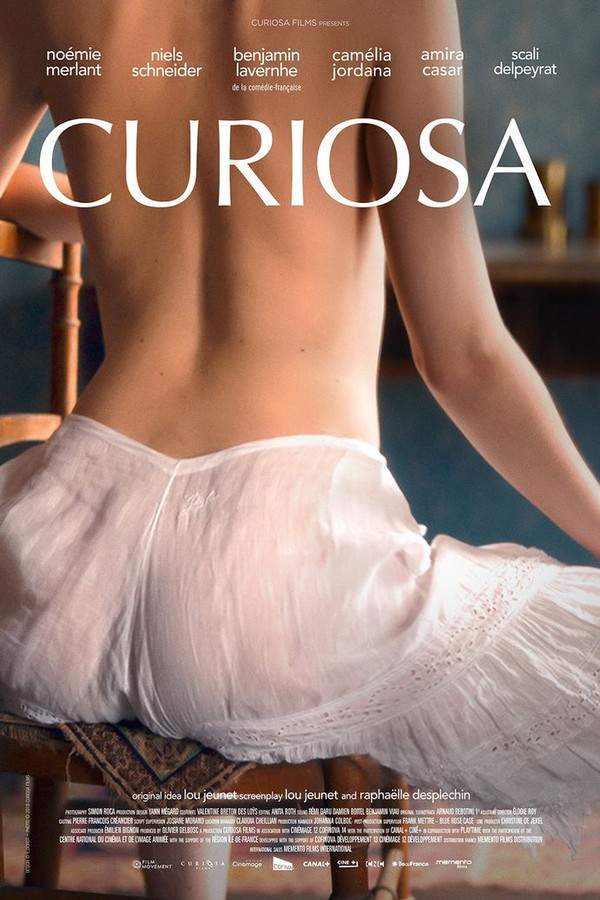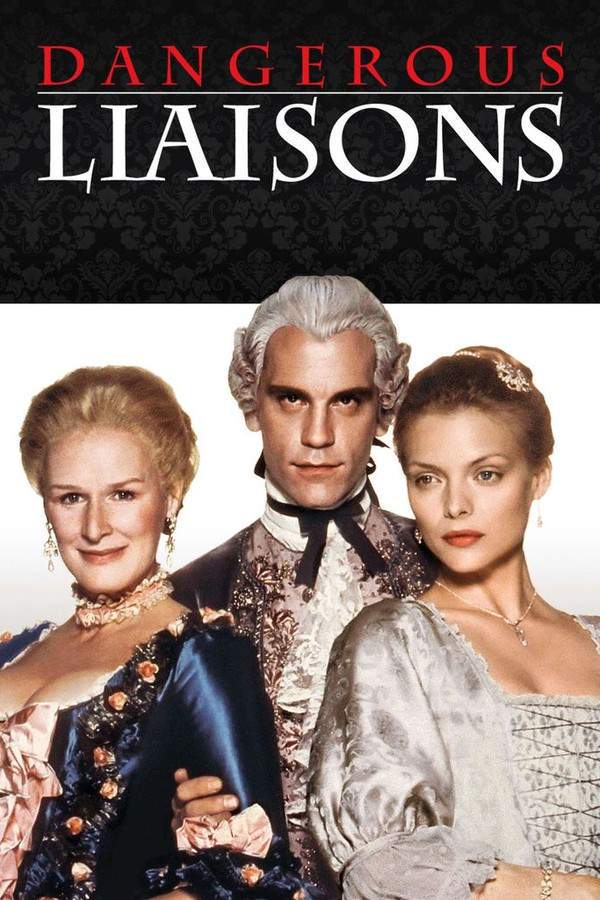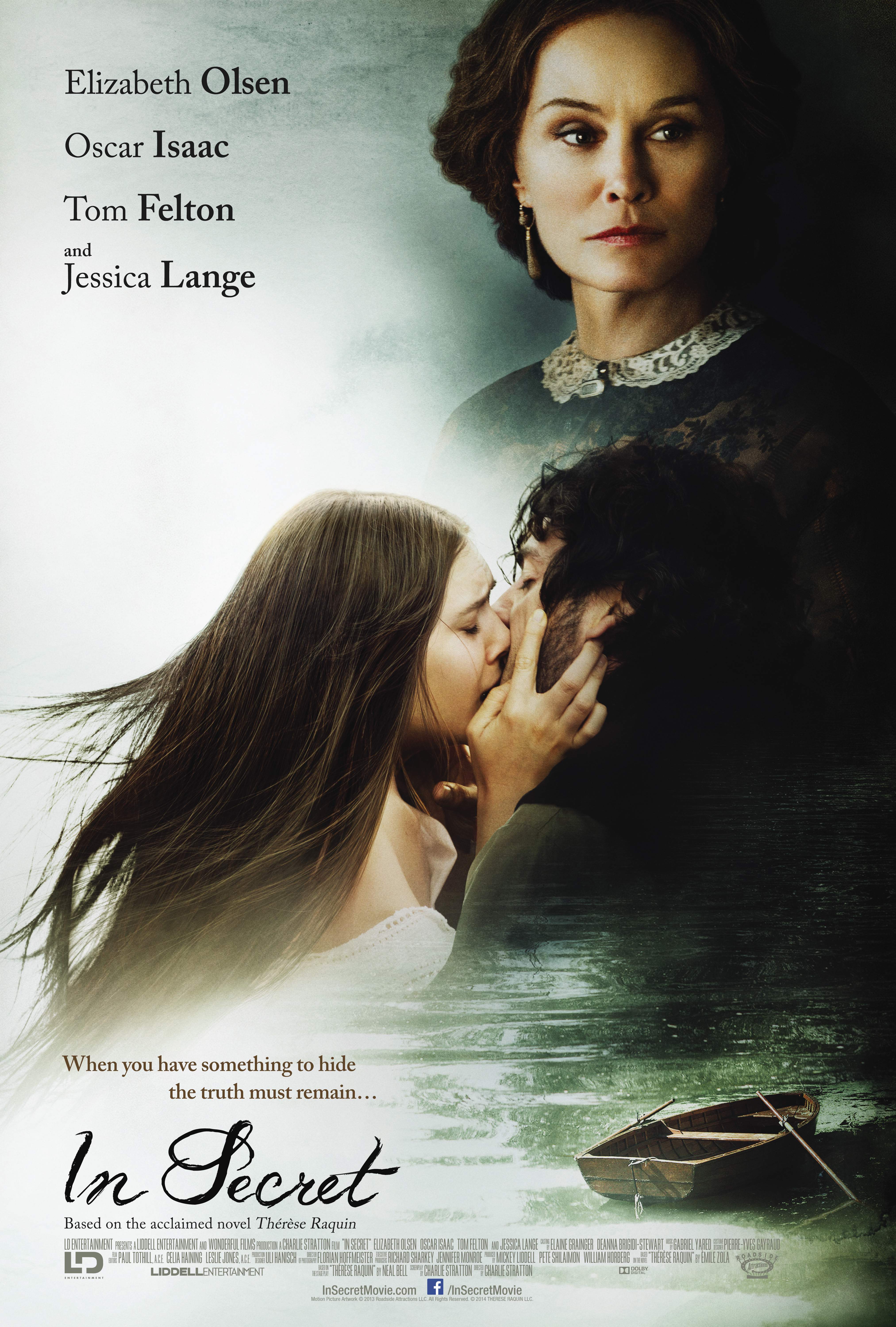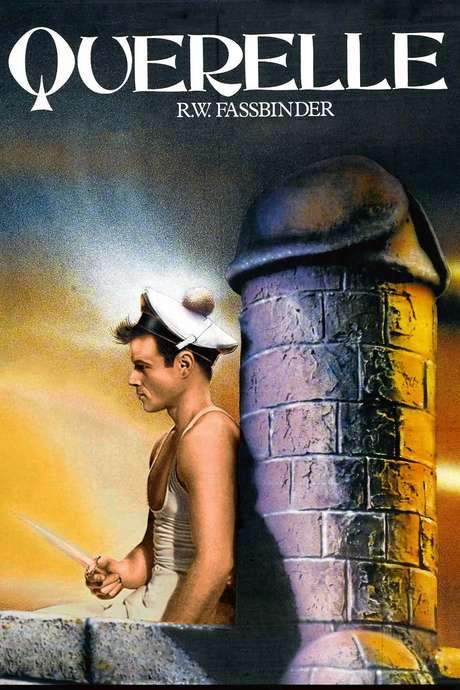Quills 2000
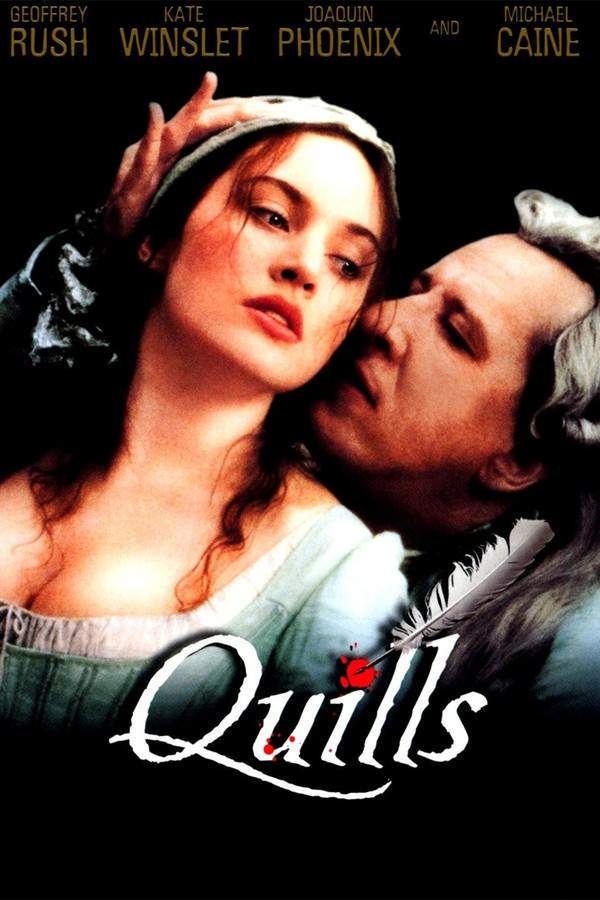
In 18th-century France, the imprisoned and notorious writer Marquis de Sade finds refuge in writing and forbidden relationships within the walls of an asylum. He develops complex connections with the facility’s director and a laundress, finding unexpected companionship amidst the harsh conditions. Despite the oppressive constraints of the era and the institution's attempts to control him, the Marquis continues to challenge societal norms and express his controversial ideas through his writing.
Does Quills have end credit scenes?
No!
Quills does not have end credit scenes. You can leave when the credits roll.
Meet the Full Cast and Actors of Quills
Explore the complete cast of Quills, including both lead and supporting actors. Learn who plays each character, discover their past roles and achievements, and find out what makes this ensemble cast stand out in the world of film and television.
External Links and Streaming Options
Discover where to watch Quills online, including streaming platforms, rental options, and official sources. Compare reviews, ratings, and in-depth movie information across sites like IMDb, TMDb, Wikipedia or Rotten Tomatoes.
Ratings and Reviews for Quills
See how Quills is rated across major platforms like IMDb, Metacritic, and TMDb. Compare audience scores and critic reviews to understand where Quills stands among top-rated movies in its genre.

70
Metascore
7.2
User Score


%
TOMATOMETER

0%
User Score

7.2 /10
IMDb Rating

71
%
User Score
Take the Ultimate Quills Movie Quiz
Challenge your knowledge of Quills with this fun and interactive movie quiz. Test yourself on key plot points, iconic characters, hidden details, and memorable moments to see how well you really know the film.
Quills Quiz: The Marquis de Sade: Test your knowledge on the tumultuous life and literary chaos of the Marquis de Sade in the film 'Quills'.
Who plays the role of the Marquis de Sade?
Geoffrey Rush
Joaquin Phoenix
Michael Caine
Tom Ward
Show hint
Awards & Nominations for Quills
Discover all the awards and nominations received by Quills, from Oscars to film festival honors. Learn how Quills and its cast and crew have been recognized by critics and the industry alike.
73rd Academy Awards 2001
54th British Academy Film Awards 2001

Best Costume Design
Best Makeup and Hair
Best Production Design
7th Screen Actors Guild Awards 2001


Full Plot Summary and Ending Explained for Quills
Read the complete plot summary of Quills, including all major events, twists, and the full ending explained in detail. Explore key characters, themes, hidden meanings, and everything you need to understand the story from beginning to end.
Quills opens amidst the chaos of the Reign of Terror, where the imprisoned Marquis de Sade (played by Geoffrey Rush) is deeply engrossed in crafting a provocative narrative about the debauched Mademoiselle Renare. This aristocrat finds herself entangled with her sadistic executioner. Fast forward several years, the Marquis finds himself confined within the walls of the Charenton asylum, under the watchful eye of the enlightened Abbé du Coulmier (portrayed by Joaquin Phoenix). Here, the Marquis cleverly disseminates his writings through the laundress, Madeleine “Maddy” LeClerc (played by Kate Winslet), who covertly transmits his manuscripts, using a mysterious horseman as her courier to reach the publisher.
The Marquis’s latest literary endeavor, Justine, gains notoriety on the black market. Infuriated by the burgeoning success, Napoleon (Ron Cook) demands the destruction of the book and calls for the Marquis’s execution. However, his advisor, Delbené (Patrick Malahide), introduces an alternative plan: send the traditionalist Doctor Royer-Collard (portrayed by Michael Caine) to silence the Marquis once and for all.
Upon his arrival, Dr. Royer-Collard informs the Abbé that the Marquis’s so-called “therapeutic writings” have reached the public, leaving the Abbé horrified. Rejecting Royer-Collard’s archaic methods of treatment, the Abbé seeks out the Marquis, who playfully swears obedience while sneaking a flirty glance at Maddy through a peephole. Dr. Royer-Collard soon departs to secure his promised bride, the underage Simone (Amelia Warner), yet the commotion within the asylum prompts the Marquis to write a farcical play, The Crimes of Love. The chaotic atmosphere escalates when an inmate, Bouchon (Stephen Marcus), attempts to assault Maddy during the performance, leading to a violent confrontation.
Dr. Royer-Collard, incensed by this incident, orders the closure of the public theater and insists on a firmer control over the Marquis. As tensions rise, the Abbé retaliates by seizing the Marquis’s quills and ink, igniting a series of rebellious acts from the Marquis—he starts composing stories on bedsheets with wine and on clothing with his own blood. The cruel punishments ultimately leave him isolated and stripped of dignity.
Meanwhile, Simone becomes embroiled in tumultuous adult experiences with her husband. Defiantly, she buys a copy of Justine, begins an affair with the architect Prouix (Stephen Moyer), and the pair abscond together, leaving a letter and her copy of Justine behind. This betrayal leads Dr. Royer-Collard to view the Marquis as the root of his woes and fuels his desire for vengeance.
At the Charenton asylum, as Madeleine sits at the precipice of losing everything for aiding the Marquis, she begs him for one final story, which the inmates relay in a collective effort. When the last inmate, Bouchon, is moved by the tale, he breaks free and tragically kills Madeleine. The ensuing chaos sees a fire erupt in the asylum, instigated by the pyromaniac Dauphin (George Yiasoumi), allowing inmates to escape their confines.
Madeleine’s lifeless body is later discovered by her blind mother in a laundry vat, while Bouchon faces his fate, imprisoned within a grotesque iron dummy. The Abbé, blaming the Marquis for the devastation, ignites a furious confrontation where the Marquis defiantly claims a deep connection with Madeleine, only to be told of her demise as a virgin. In a fit of rage, the Abbé punishes the Marquis by cutting out his tongue. In a surreal dream sequence, the Abbé descends into necrophilia with Madeleine’s corpse. Though physically diminished, the Marquis remains undeterred in his artistic pursuits, even decorating his cell with a narrative penned in excrement.
In a tragic climax, during the Abbé’s final rites, the Marquis swallows a crucifix while attempting to kiss it, ultimately choking and committing suicide.
A year later, the reign of the new Abbé du Maupas (Alex Avery) begins at Charenton, now transformed into a hub of literary production, employing the inmates as the staff. The works of the notorious Marquis de Sade are printed, infusing the institution with irony as his provocative narratives continue to resonate. At the end of this new journey, the new Abbé meets his predecessor, who, still confined to the Marquis’s old cell, expresses a yearning to write, yearning for paper and a quill—only to find hope when Madeleine’s mother delivers them through the newly opened peephole, prompting the next chapter to unfold as he feverishly begins to write, with the spirit of the Marquis echoing within his words.
Uncover the Details: Timeline, Characters, Themes, and Beyond!

Coming soon on iOS and Android
The Plot Explained Mobile App
From blockbusters to hidden gems — dive into movie stories anytime, anywhere. Save your favorites, discover plots faster, and never miss a twist again.
Sign up to be the first to know when we launch. Your email stays private — always.
Watch Trailers, Clips & Behind-the-Scenes for Quills
Watch official trailers, exclusive clips, cast interviews, and behind-the-scenes footage from Quills. Dive deeper into the making of the film, its standout moments, and key production insights.
Quills Themes and Keywords
Discover the central themes, ideas, and keywords that define the movie’s story, tone, and message. Analyze the film’s deeper meanings, genre influences, and recurring concepts.
Quills Other Names and Titles
Explore the various alternative titles, translations, and other names used for Quills across different regions and languages. Understand how the film is marketed and recognized worldwide.
Similar Movies To Quills You Should Know About
Browse a curated list of movies similar in genre, tone, characters, or story structure. Discover new titles like the one you're watching, perfect for fans of related plots, vibes, or cinematic styles.
Quick Links: Summary, Cast, Ratings, More

What's After the Movie?
Not sure whether to stay after the credits? Find out!
Explore Our Movie Platform
New Movie Releases (2026)
Famous Movie Actors
Top Film Production Studios
Movie Plot Summaries & Endings
Major Movie Awards & Winners
Best Concert Films & Music Documentaries
Movie Collections and Curated Lists
© 2026 What's After the Movie. All rights reserved.















